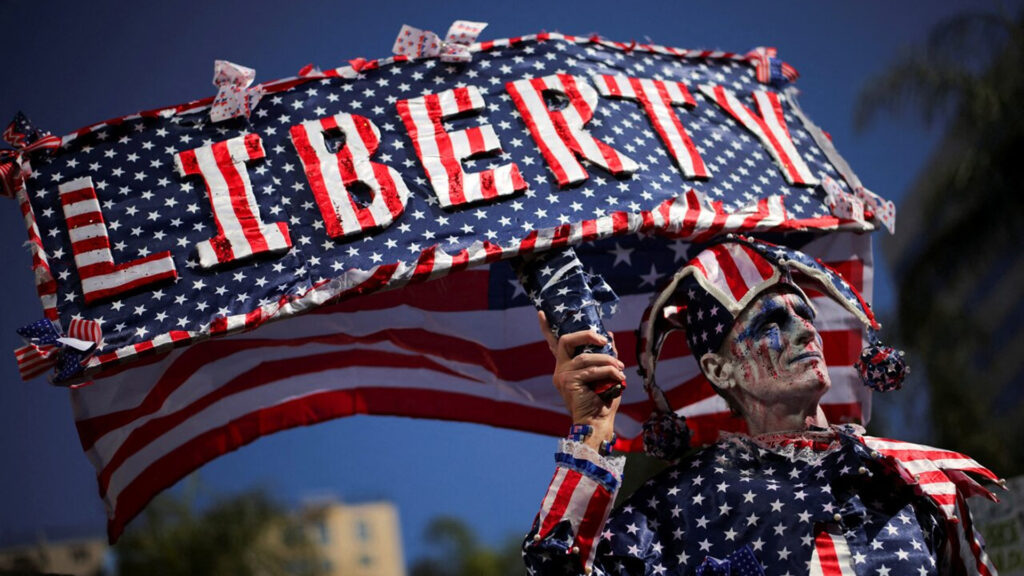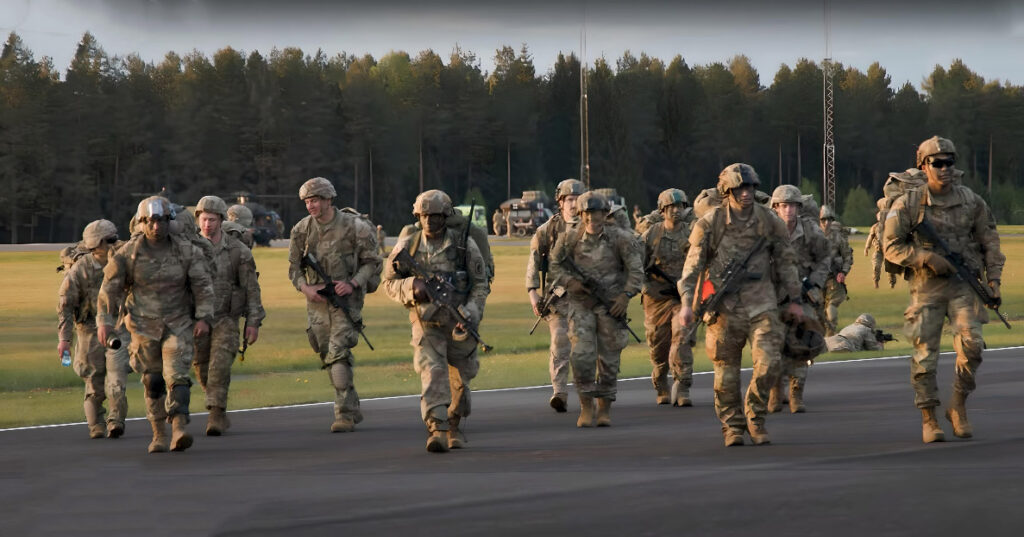June 23, 2025 — A wave of anti-war demonstrations swept through major U.S. cities, including New York, Chicago, San Francisco, San Diego, Washington, D.C., and Boston, following U.S. airstrikes targeting Iran’s nuclear facilities. Thousands took to the streets, condemning the military actions and calling for an immediate end to the escalating conflict. Protesters criticized the U.S. government, accusing it of violating international law and risking global stability. Many expressed solidarity with Iran and Palestine, with flags of both nations prominently displayed at rallies.
In New York’s Times Square, hundreds gathered with banners reading “Hands Off Iran” and “Stop the War on Iran,” according to CBS News. The protests, organized by groups like ANSWER Coalition and the Party for Socialism and Liberation, drew diverse crowds united in their opposition to military intervention. “This isn’t just about Iran—it’s about rejecting endless wars driven by profit and power,” said protester Maria Lopez, a 27-year-old teacher. In Chicago, over 300 demonstrators marched through downtown, chanting for peace and demanding that military funding be redirected to domestic priorities like healthcare, housing, and education.
San Francisco’s protests highlighted connections between the Iran strikes and the ongoing Gaza conflict, where local organizers cited reports of over 55,000 deaths. Demonstrators waved Palestinian flags and held signs linking U.S. foreign policy across the Middle East. In San Diego, rallies outside city hall featured speeches from community leaders calling for diplomatic solutions. “War only brings suffering. We need dialogue, not destruction,” said local activist Sarah Khan.
In Washington, D.C., protests converged near the White House, where Vietnam War veteran James O’Connell labeled the airstrikes “a reckless power grab.” An Iranian-American demonstrator, Reza Bahrami, argued that U.S. actions undermine grassroots reform efforts in Iran, stating, “These bombs don’t liberate—they oppress.” Boston saw similar scenes, with students and workers rallying against what they called an “illegal war.” Social media posts from groups like Socialist Action 50501 branded the strikes a “clear violation” of international and U.S. law, citing the UN Charter.
The protests reflect growing public frustration with U.S. military involvement abroad. Organizers vowed to continue mobilizing, with plans for nationwide actions in the coming weeks. As tensions rise, the demonstrations underscore a deep divide over America’s role in global conflicts.

The diagram shows the distribution of participants in anti-war demonstrations in key US cities on June 23, 2025. The highest level of activity was observed in New York (500 protesters), reflecting its status as a center of political activity. Washington and Chicago also showed high turnout (350 and 300 people, respectively), while in San Francisco, San Diego, and Boston, the number of participants was lower (250–200 people). The graph shows the geographical heterogeneity of the protest movement, with activity concentrated in large metropolitan areas.



